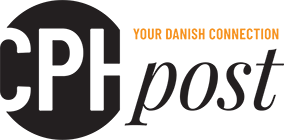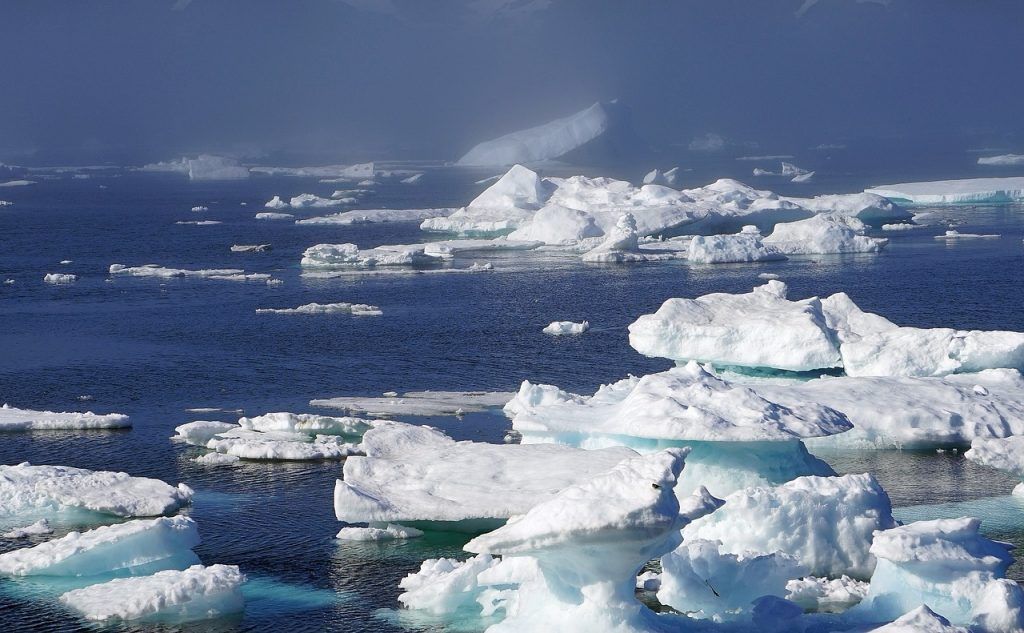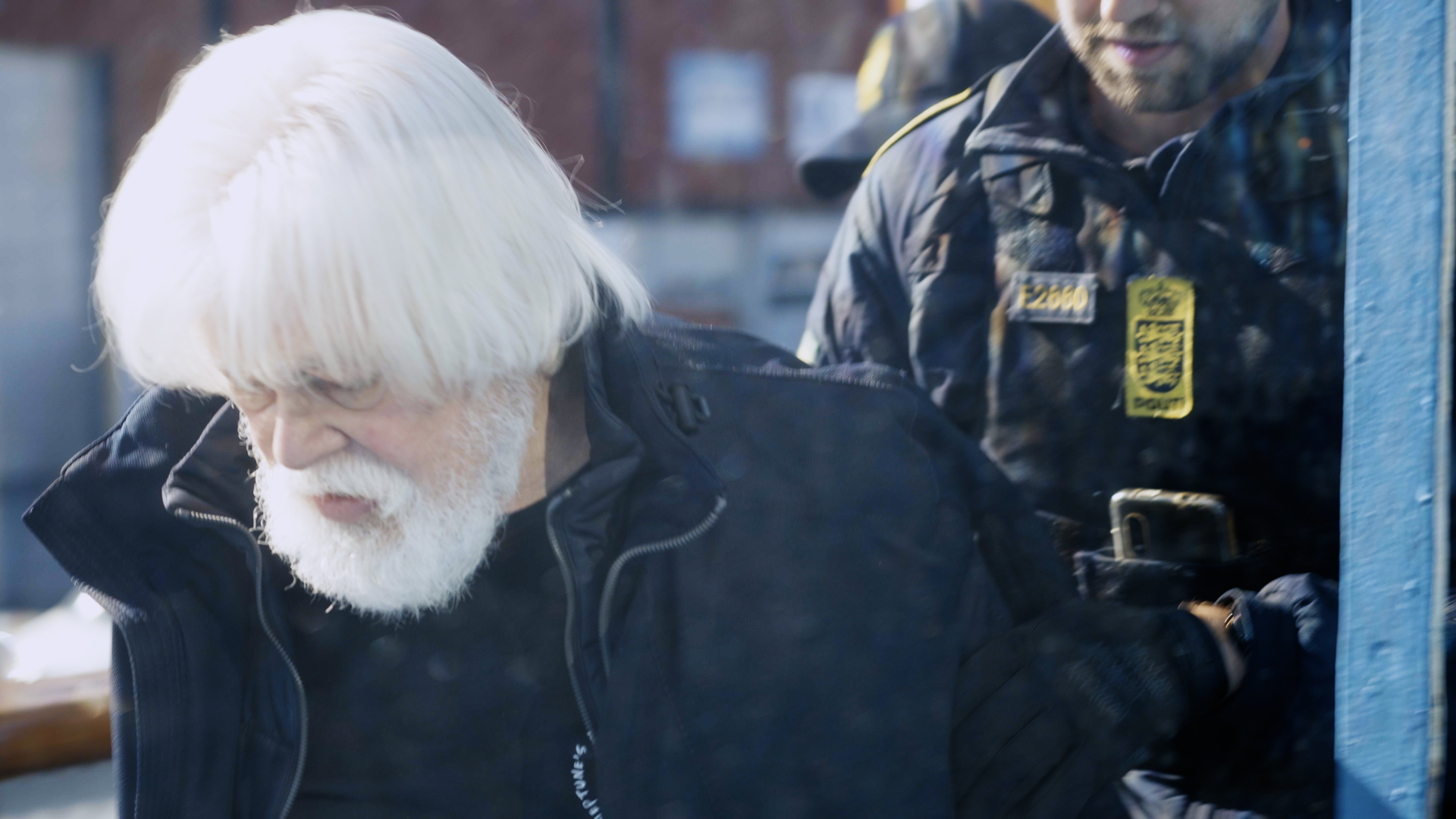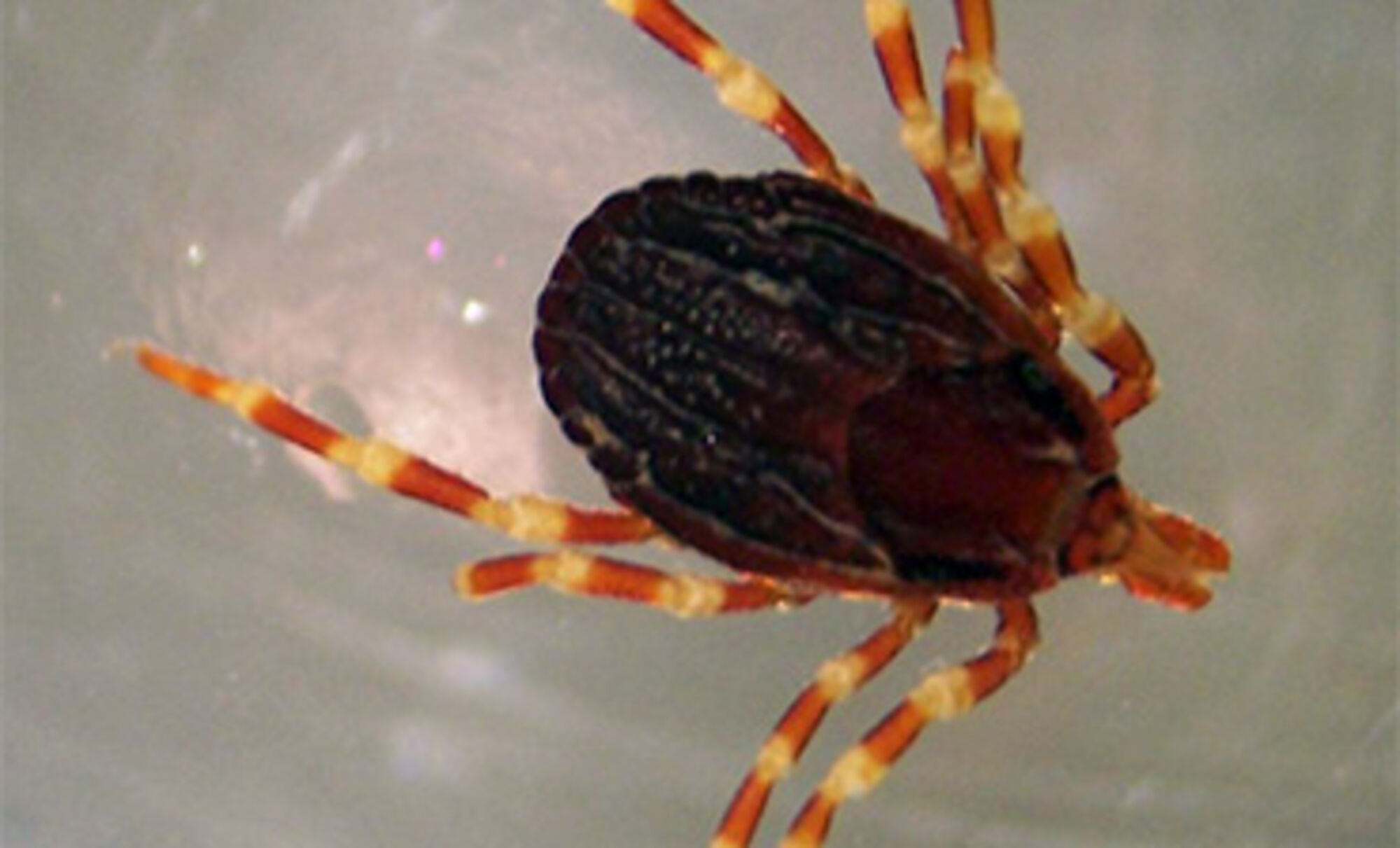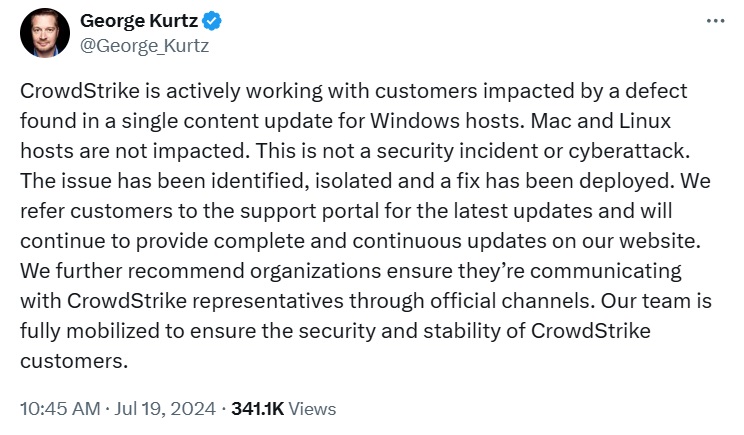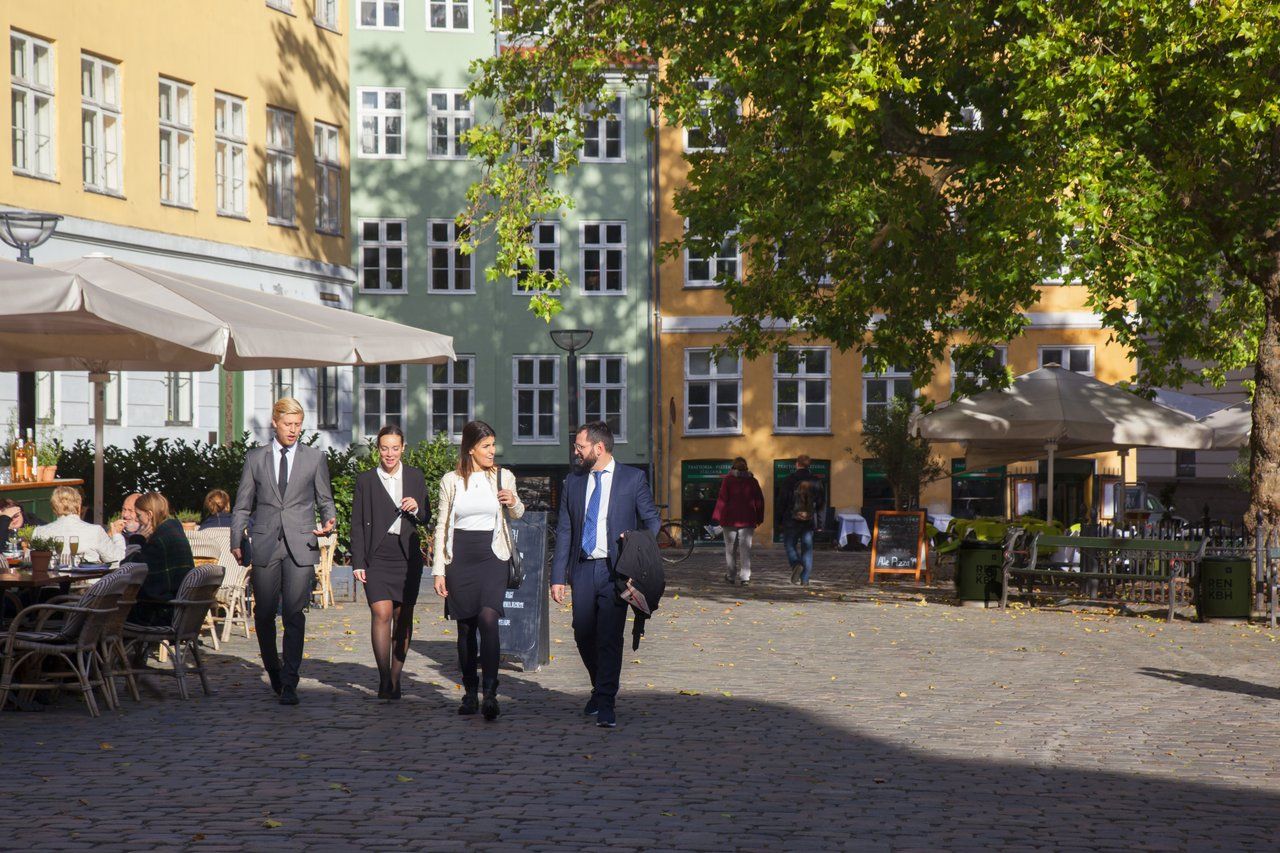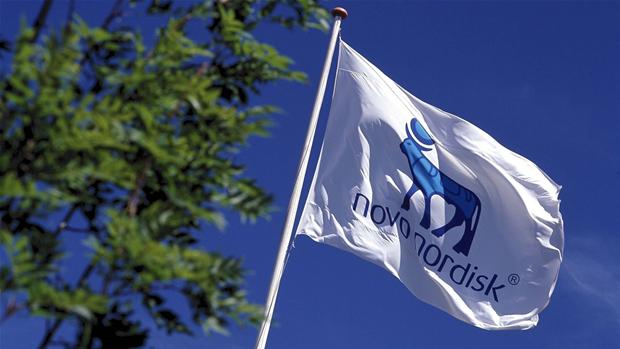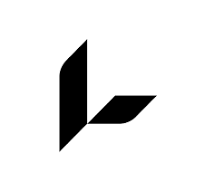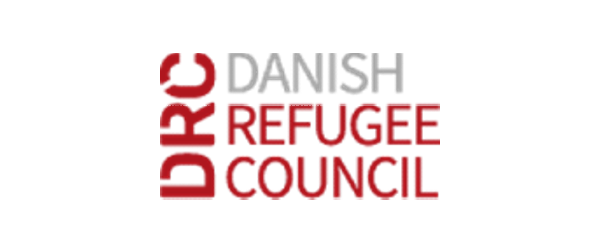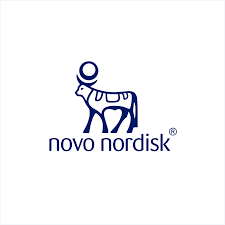Following the bold August 21 launch of the internet site of the participative, English-language TV series ‘The Spiral’, which is currently being broadcast in eight different European countries as well as online, it’s evident that Scandinavian and other European producers, writers and filmmakers are aiming their sights at international audiences. And why shouldn’t they?
Scandinavia has already proved it can make successful programmes in their own language, such as Denmark’s ‘Forbrydelsen’ (The Killing), Swedish-Danish co-production ‘The Bridge’, and Iceland’s ‘Næturvaktin’ (The Night Shift). All of them have been or are being remade by American production studios – so why not cut out the middle-man?
Beyond Scandinavian shores, there is a vast, untapped TV audience out there for any European production team willing to create English-language programming. And several have already made attempts to harness that audience through various means.
Take for instance ‘Lilyhammer’, a Norwegian-American television series that premiered in early 2012. The show premiered in Norway in January on NRK1, one of Norway’s leading channels. A month later it premiered on Netflix, directly targeting a primarily American audience (Netflix currently only streams online in North and Central America and the UK).
‘Lilyhammer’ is Netflix’s first original series, but with a second season already in the works, partnerships between Netflix and foreign-based broadcasters may become an emerging trend. With Netflix unveiling plans to move into the Nordic market by the end of 2012, such partnerships may have more room to form and flourish.
Another show taking a similar approach to ‘Lilyhammer’ is ‘The Spiral’, created by Caviar Content, a production company with offices in five European countries and one in the US. The show started airing last weekend on TV stations in Belgium, Denmark, Finland, France, Germany, the Netherlands, Norway and Sweden, as well as online in those countries. Due to legal reasons, however, other international viewers will have to wait to see ‘The Spiral’ in full.
Building such a pan-European production doesn’t come easily. According to Bert Hamelinck, an executive producer at Caviar Films, most of the broadcasters were in favour of supporting and showing ‘The Spiral’, but many were unable to provide adequate funding.
“Most of the local TV and film funds could not give subsidies for ‘The Spiral’ because it was English-language, and most funds have an obligation to support [their own] language products,” explained Hamelinck.
Only the Flemish film fund was able to provide subsidies for the project. The Danish Film Institute, according to Hamelinck, was very interested, but could not allocate any funds because the project failed to reach the “right percentage of Danish dialogue”.
Despite the difficulties Caviar encountered in terms of funding, Hamelinck and his team have no plans to shy away from these types of productions.
“We believe strongly in producing and co-producing pan-European TV shows with one common language, and we will continue on this route [in the future],” said Hamelinck.
Xinxin Ren Gudbjörnsson, a Chinese expat living in Denmark, is the writer and producer of an English-language, Danish based satirical sitcom entitled ‘The Vampire Show’. With very little funding and without involvement in the legalese of licensing agreements, Gudbjörnsson has been able to broadcast her series to viewers all over the world by hosting the content herself on YouTube and a website, www.thevampireshow.com.
From the start, Gudbjörnsson knew her show would appeal to a limited, niche market, and hosting content online was the easiest way to reach interested viewers around the globe. Hosting on YouTube also allowed Gudbjörnsson the benefit of immediate viewer feedback.
“At first [comments] were just from friends, and then friends of friends,” said Gudbjörnsson. “But we were really excited by our first negative comments.”
Negative comments are “really important”, contends Gudbjörnsson, as it indicates the viewership has expanded beyond the creators’ social network and puts Gudbjörnsson in touch with what their audience likes and dislikes about the programme.
With a budget of only 660 kroner – the price of a website registration and two fake sets of teeth – Gudbjörnsson and her team have created four episodes that comprise the first season. With the cast and crew working for free, a second season is already in the works.
If the show gains success, Gudbjörnsson has plans to move ‘The Vampire Show’ entirely to its own website. And if the show takes a while to get off the ground, there’s no great fear from its creators. “No-one can shut us down,” Gudbjörnsson said. “No-one can cancel the show.”
As more and more viewers choose to stream TV programmes online via their laptops, tablets and smartphones, the internet may become a breeding ground for producers attempting to reach a global audience. And to Gudbjörnsson, that’s the way TV should be.
“People are pretty busy and shouldn’t have to adapt their schedules to fit TV in,” Gudbjörnsson said. “Online channels are the future.”
